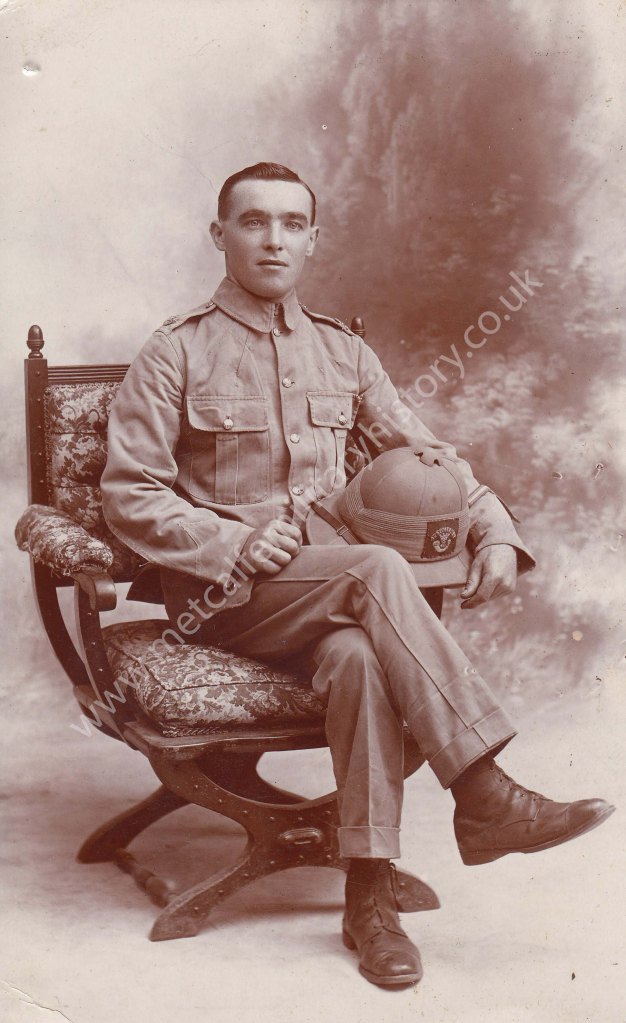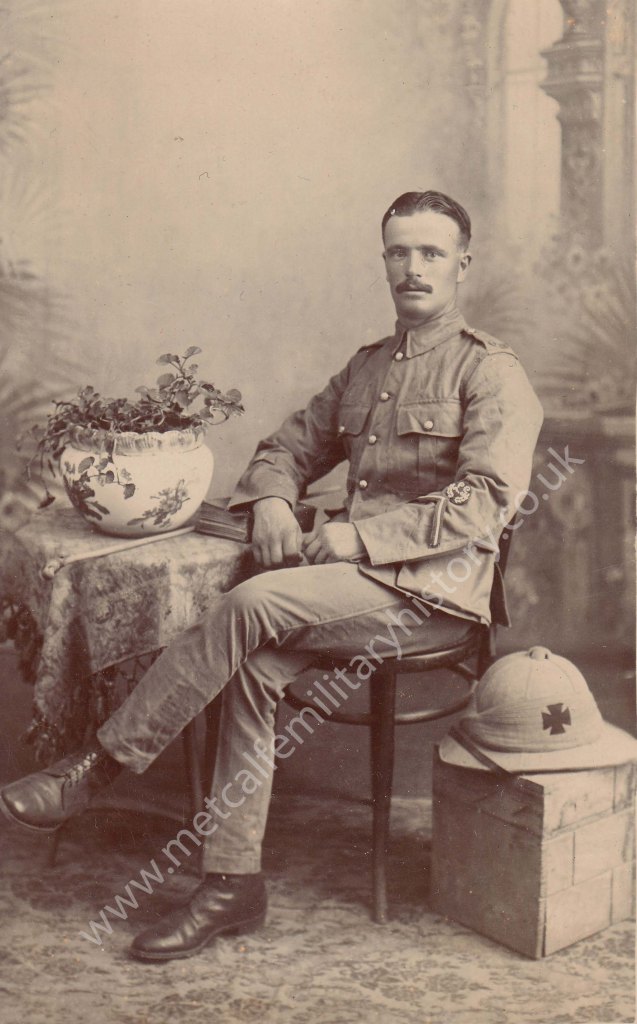In a continuation of posts regarding badges and insignia worn by the British Army in the Great War, this post will concentrate on Good Conduct Chevrons (also referred to as badges or stripes).
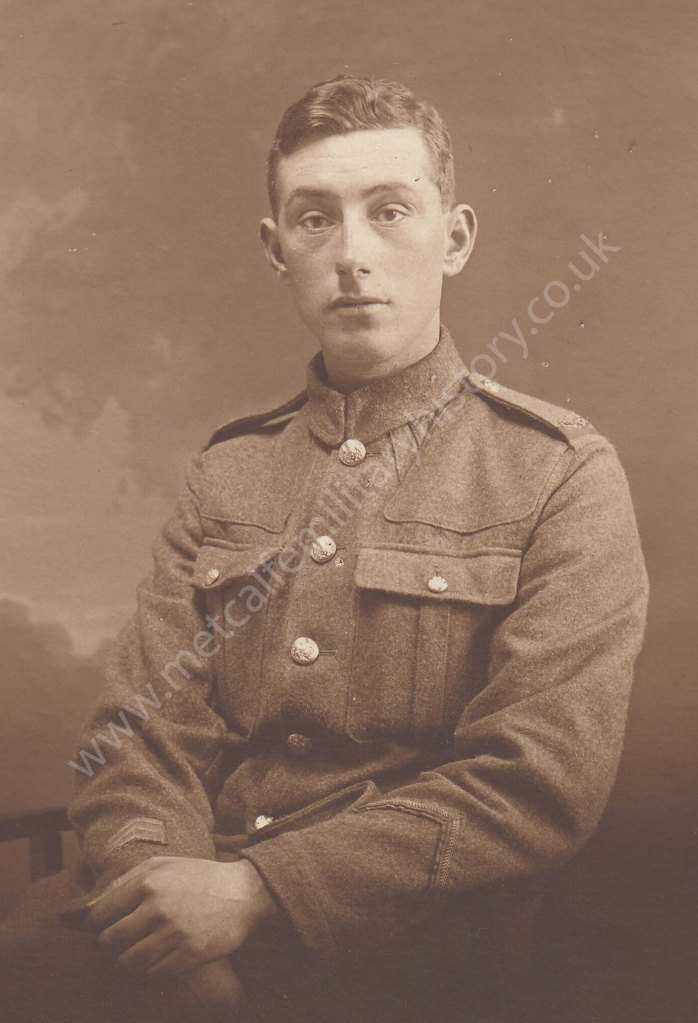

Inverted chevrons on the left cuff are often seen being worn by British soldiers during the Great War period. These were awarded for ‘Good Conduct’ after set periods of time, with a maximum of six badges being allowed (although additional badges were sometimes worn). The Good Conduct chevrons should not to be confused with the smaller Overseas Service Chevrons worn on the right cuff.
Badges for Good Conduct were first introduced into the British Army on 1st September 1836, having been announced on 18th August. Originally worn on the right sleeve, these were moved to the left cuff in 1881. They consisted of a worsted lace chevron, worn with the point uppermost.
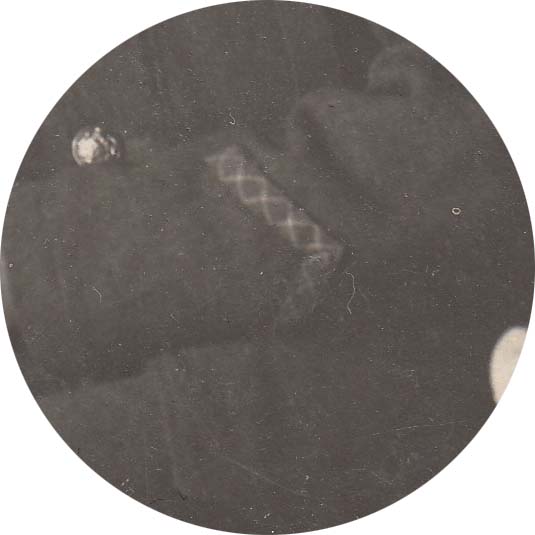


Qualifying periods varied in the late Victorian period, but by the Great War these were set as follows:
First Chevron – 2 Years
Second Chevron – 5 Years
Third Chevron – 12 Years
Fourth Chevron – 18 Years (or 16 Years*)
Fifth Chevron – 23 Years (or 21 Years*)
Sixth Chevron – 28 Years (or 26 Years*)
* If the soldier hadn’t been entered in the defaulters book after 14 years, i.e. he had kept out of trouble or at least, hadn’t been caught!
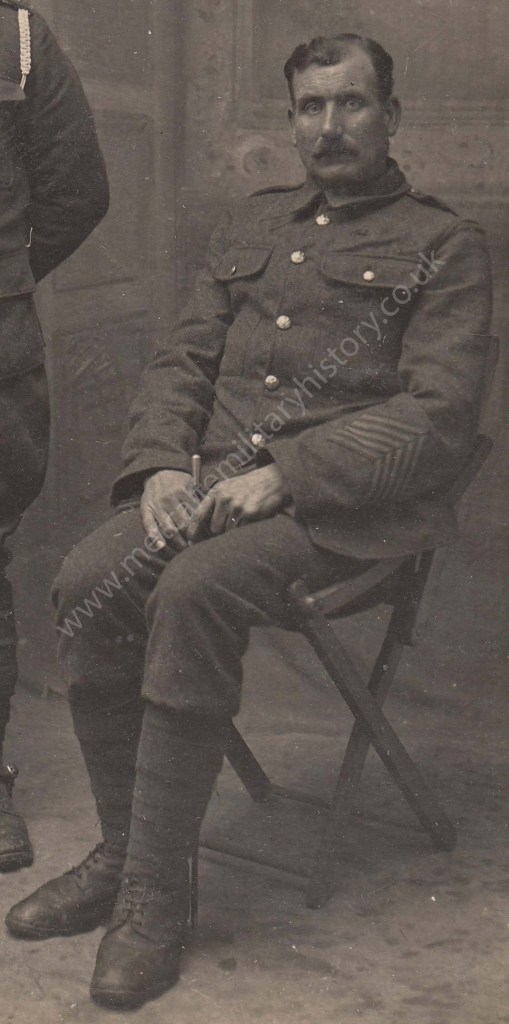
When worn on the hot climate Khaki Drill jackets, the chevrons, like other badges, were often attached with hooks to allow easy removal when being laundered.
